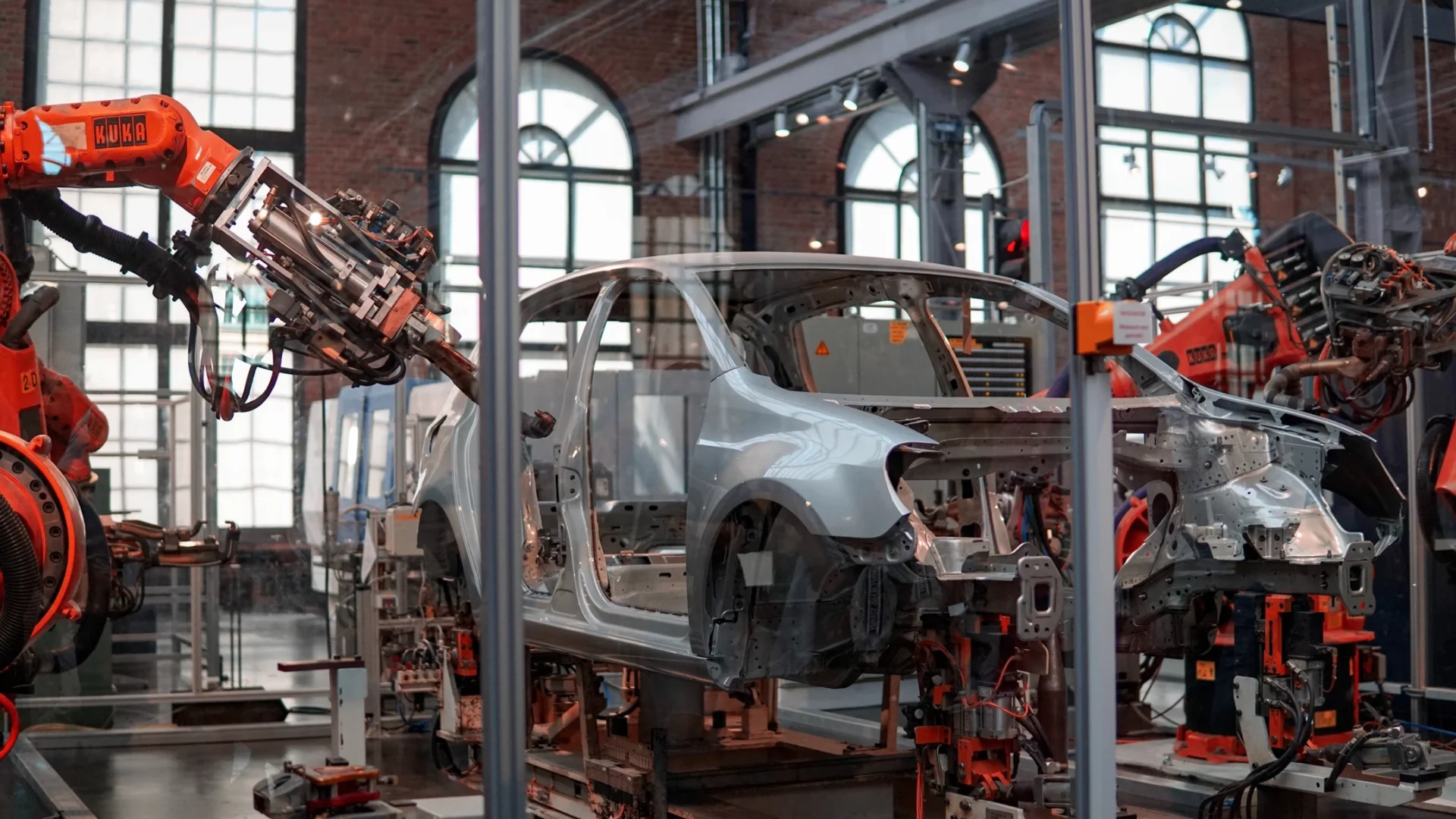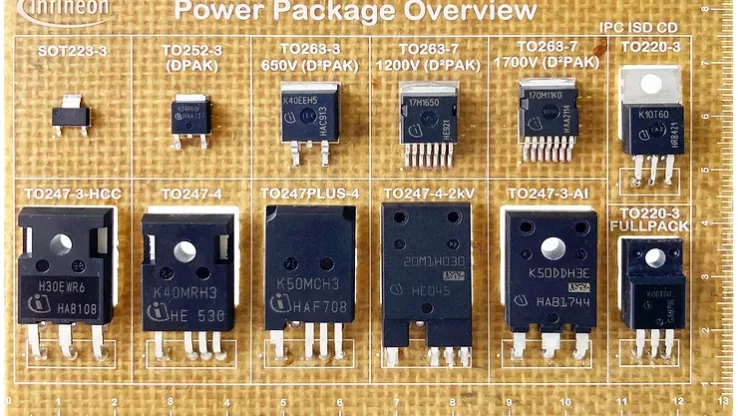The long time required to produce semiconductors (around six months from the signing of a production contract to delivery) makes it difficult for chip manufacturers to respond immediately to market demand and produce large quantities at once. As a result, automakers have started turning directly to chip suppliers to stockpile microchips that are in particularly high demand. In addition, the issue of a lack of transparency in supply chains is increasingly coming into focus. Overall, automakers are trying to win back influence and control. The new efforts are reaching the point that individual manufacturers are even considering producing chips themselves or investing in their own designs of lower-chip-weight components.
The Great Shift in the Automotive Industry
6. March 2023
Modern cars can contain more than 1,000 semiconductors and can be found in ignition control, in the head- and taillights, almost everywhere. The chip shortage has therefore presented car manufacturers with major obstacles and, in extreme cases, forced them to cease production. The question therefore begs: How can they soften the impact of such a blow going forward?
Automobiles are increasingly complex. No longer just a simple means of transporting people and freight, they are fast becoming entire computer systems on wheels. The microcontrol unit (MCU) or microcontroller acts as the brain of the car controls almost all electronic elements. Analog circuits convert signals into digital data. For example, when it rains, sensors automatically communicate with the windshield wipers to determine the speed at which they operate. This is the work of around several hundreds of semiconductors – in one car.
But since the chip shortage began, the automotive industry in particular has had to contend with changing market conditions. Even major automobile companies had to suspend production because they were unable to equip cars with the required electronics. Delivery times for new cars were delayed by months, and in some cases orders were cancelled altogether. One reason for this was the upturn in demand for electronic communication devices, due to successive lockdowns. Several natural disasters such as severe winter storms, droughts and, of course, rising corona case numbers, all resulted in factories not being served.
Manufacturers’ Short-Term Solution
To mitigate the chip shortage, automakers had to make some sacrifices. First, they had to reduce their reliance on a number of high-demand chips. As a result, some basic and more sophisticated features were omitted. Safety systems that alert the driver of blind-spot objects, for example, were also eliminated. At the same time, manufacturers were forced to adjust their portfolios and prioritize the production of more popular car models, while disappointing fans of more unique models and specifications. And even the top sellers items were sold in smaller quantities than the producers would have liked – impacting sales.
During this time, General Motors coined the “build-shy” strategy. This meant that if the required chips were not available, cars were produced anyway using only the materials and components they had on hand and then parked the bodies temporarily in warehouse bays next to the production floor. One advantage of this strategy is that production lines continued to run, as to avoid the cost of continuous downtime. A drawback of the method however is the risk of being stuck with unfinished shells of cars. Manufacturers cannot react flexibly to changing demand, something that Ford had to learn the hard way in the U.S.: In September 2022, there were more than 45,000 cars on the company’s premises in which no chips had yet been installed.
Just-in-Time Model Too Volatile for the Future?
Although the semiconductor industry has still not fully recovered, it has learned to adapt, both in the short- and long-term, in order remain resilient in the future.
If it is to remain successful, the industry should rethink the entire car manufacturing process. For decades, the industry relied on the just-in-time model to try and ensure a steady flow of parts,which meant components only arrived at the plant exactly when they were needed. As a result, it avoided high warehousing costs while increasing efficiency simultaneously. It was not until the semiconductor crisis that it became apparent how fragile and unstable this model is. And it simply cannot withstand a global challenge like the one it had faced since 2020 in the long term.


